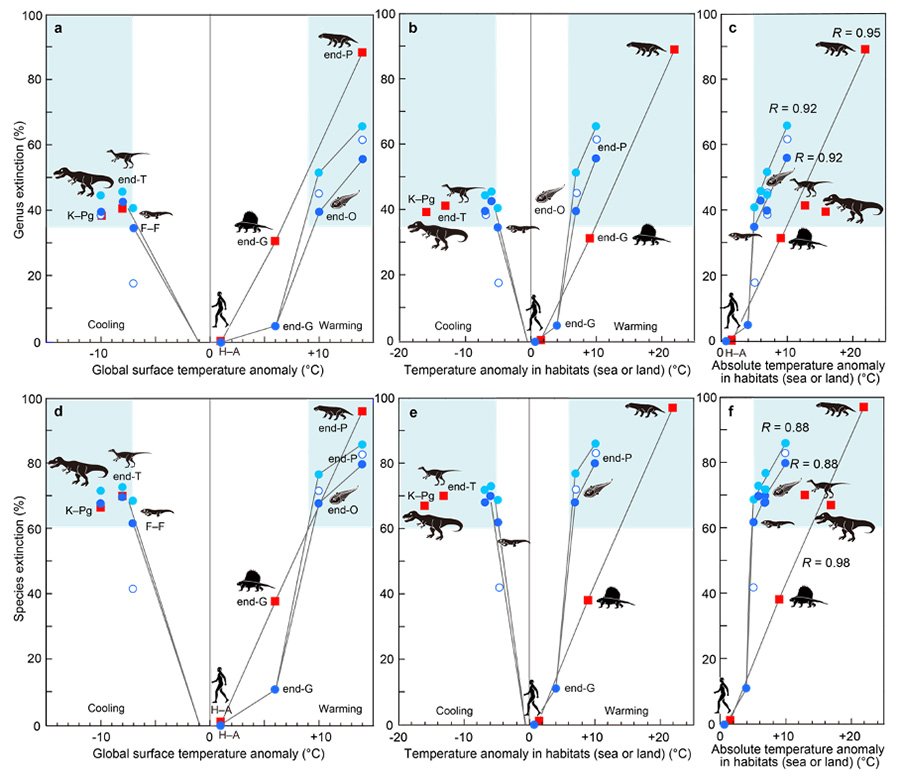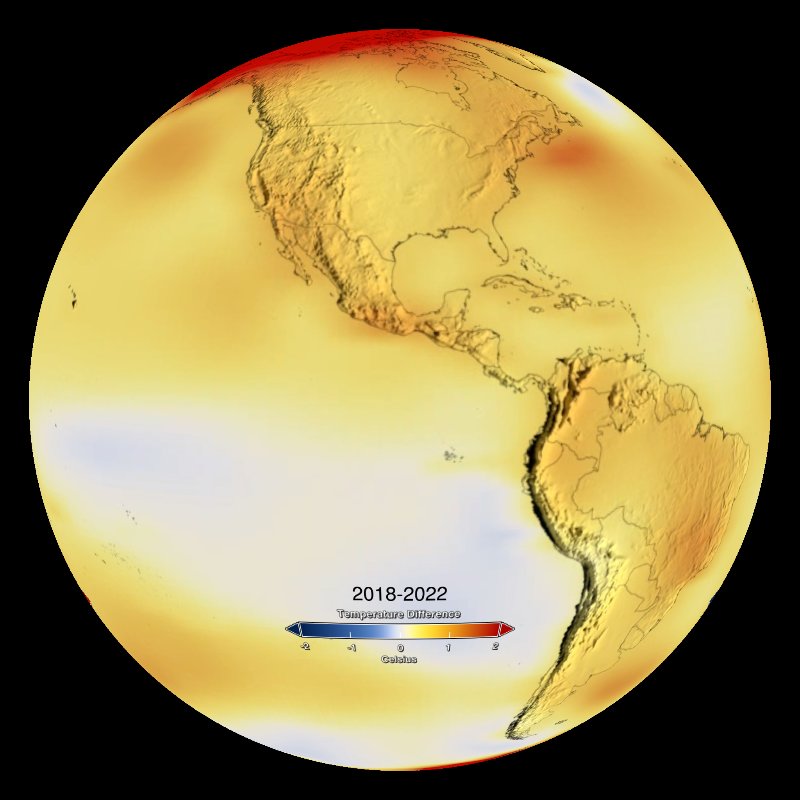

Contours are drawn at intervals of +/- 1C. Yellow to orange colors indicate temperatures above the 1991-2020 climatological average, and shades of blue indicate below-normal temperatures for the month. Furthermore, with the exception of Siberia, throughout the growth and decay stages, horizontal temperature advection and/or vertical mixing is nearly balanced by longwave radiative heating/cooling, with the former being slightly stronger during the growth stage and the latter during the decay stage. Monthly surface air temperature anomalies are shown in units of C. the average of the near-surface air temperature over land and the SST) was +0.22C. These results highlight a diverse array of mechanisms by which individual anomalies within the PNA pattern grow and decay. The annual anomaly of the global average surface temperature in 2021 (i.e. Additionally, temperature anomaly decay higher in the boundary layer due to nonlocal mixing contributes indirectly to SAT anomaly decay by weakening downgradient diffusion.

SAT anomaly decay is caused by longwave radiative heating/cooling, except over Siberia, where SAT anomaly decay is caused by vertical mixing. Above the level of the SAT, temperature anomaly growth is caused by horizontal temperature advection in all locations except for the subtropical North Pacific, where adiabatic cooling dominates. 28 : 5 The trend is faster since 1970s than in any other 50-year period over at least the last 2000 years. For all SAT anomalies, vertical mixing relocates the temperature anomalies of the PNA teleconnection pattern from higher in the boundary layer downward to the level of the SAT. The global average and combined land and ocean surface temperature show a warming of 1.09 C (range: 0.95 to 1.20 C) from 18501900 to 20112020, based on multiple independently produced datasets. The asymmetric SAT anomalies, overlying Siberia during the positive PNA and the subtropical North Pacific during the negative PNA, grow through vertical mixing only. The symmetric SAT anomalies, overlying the Russian Far East and western and eastern North America, grow through advection of the climatological temperature by the anomalous meridional wind and vertical mixing. The data shown are the latest available, updated annually.Applying composite analysis to ERA-Interim data, the surface air temperature (SAT) anomaly pattern of the Pacific–North American (PNA) teleconnection is shown to include both symmetric and asymmetric SAT anomalies with respect to the PNA phase. The “Global Temperature” figure on the home page dashboard shows global temperature change since 1880, compared to NASA’s 1951-1980 baseline. For all SAT anomalies, vertical mixing relocates the temperature anomalies of the PNA teleconnection pattern from higher in the boundary layer downward to the. Short-term variations are smoothed out using a 5-year running average to make trends more visible in this map. Dark red shows areas warmer than average. Nonetheless, users doing more analysis than the global mean temperature will find important distinctions among the data sets. Dark blue shows areas cooler than average. Numerous comparisons of global and hemispheric mean temperature anomaly timeseries calculated from these data sets have been made, showing highly consistent variations and trends.

The animation on the right shows the change in global surface temperatures. NASA’s analyses generally matches independent analyses prepared by the Climatic Research Unit and the National Oceanic and Atmospheric Administration (NOAA). The year 2020 tied with 2016 for the hottest year on record since recordkeeping began in 1880 (source: NASA/GISS). Nineteen of the hottest years have occurred since 2000, with the exception of 1998. Data sources NCEI: GHRSST Level 4 AVHRROI Global Blended Sea Surface Temperature Analysis (GDS version 2) from NCEI, obtained from PODAAC JPL website. Drought and climate teleconnection and drought monitoring. Mediterranean Sea Surface Temperature- Climatology - CEAMed Mediterranean Sea Surface Temperature Anomaly About Monthly and daily SST anomaly maps. Sea surface temperature anomalies influence the atmosphere by altering the flux of latent and. temperature anomalies and weather has been the object of the North Pacific Experiment. Temperature Anomaly The General Circulation. This graph shows the change in global surface temperature compared to the long-term average from 1951 to 1980. in upper-ocean temperature anomalies that persist for months. Earth’s global average surface temperature in 2020 tied with 2016 as the hottest year on record, continuing a long-term warming trend due to human activities.


 0 kommentar(er)
0 kommentar(er)
